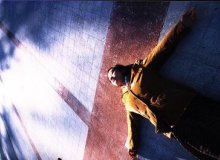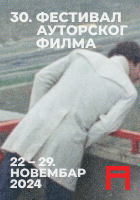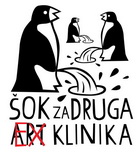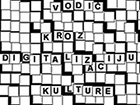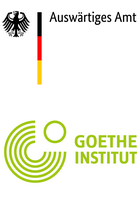Cultural participation of Serbian citizens
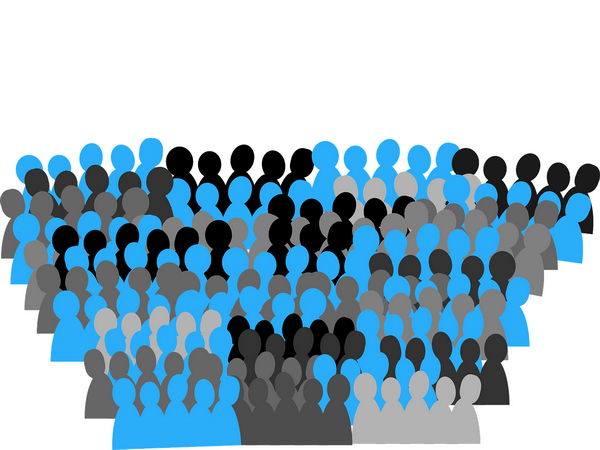
While the COVID-19 virus pandemic has demonstrated how important culture is, both for individuals and society as a whole, the research on cultural participation of Serbian citizens, conducted in 2019, shows a rather discouraging view on the role of culture in their everyday life.
According to the research results, published in the book of the same name by the The Center for Studies in Cultural Development (CSCD), about a third of the respondents have not read a single book in a year. Slightly more than a half has read at least one book for their own pleasure and usually one to three books in 12 months, while more dedicated readers are rare. (Auto)biographies are the favorite literary genre. The respondents have been reading predominantly foreign writers, contemporary literature and fiction. Regarding the choice of reading electronic or printed editions, it is notable that the e-book is not a favorite medium, because most citizens still prefer the printed edition.

The research also shows that only about a half of the respondents attend cultural events, and out of that number, the largest in number are those who do so once a year (20% to 30% for the majority of the observed contents). The most regular visitors, who attend public cultural events on monthly basis, only have a share of around 2% or less.
Movie theater screenings and concerts are the most popular cultural events, with pop/rock concerts having more audience than other genres. Folk music concerts are not as popular (about one third of the respondents attend them), and classical music concerts are the least attended.

The audience is more often female: women go to the theater, to museums, the opera and the ballet, while men are predominant in the field of digital creation, and as jazz/blues concert attendees as well.
The typical profiles of cultural event audiences are highly educated younger women, professional experts, from urban areas of Vojvodina and Belgrade.
The majority of the respondents single out up to 2,000 dinars per month to meet their personal cultural needs, considering ticket prices for cultural events are adequate, while every third person considers them high. According to the research results, 14.6% of citizens do not spend a single dinar on culture. However, ticket price is not the most important factor for not attending cultural events. The most common reasons are lack of interest and lack of free time.
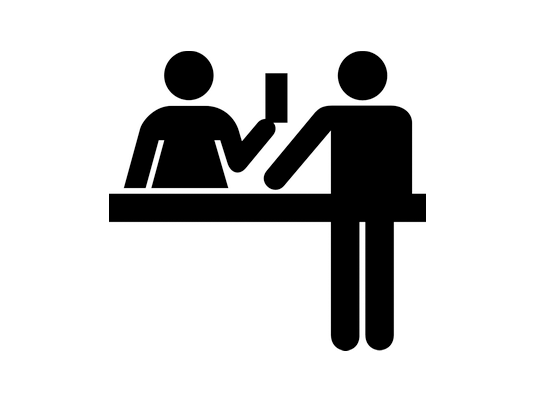
Most often younger women with high level of education, experts in their fields or students, from urban areas of Vojvodina and Belgrade, are the ones engaged in producing cultural content. While the field of digital creation, where males are more dominant, deviates from that pattern.
When it comes to cultural content, the research also shows that the Internet has become the dominant medium for informing citizens, but through participatory platforms, and not the ones of commercial type. Most of the respondents stated that the exchange of information through live or virtual conversations, through social networks, is the predominant way in which they can reach various information about cultural events and contents.
The structure of Serbian citizens’ favorite activities in their leisure time has not really changed in the last ten years.
The most popular activities are still hanging out with friends, staying in nature, going for walks and family celebrations. The only change compared to ten years ago is that, according to previous research, the fifth favorite activity of citizens was watching television (years 2007 and 2011), while in 2019 it changed to going out to a cafe, restaurant or bar.
The least favorite leisure activities are listening to jazz and classical music, going to a dance club, a ballroom and engaging in artistic activities. In 2007, the fifth least favorite activity was going to a museum or gallery, and in 2011 it was playing sports, while in the last research it was visiting sports events.
The empirical research as a survey was conducted on the national sample in the fall of 2019, and it included 1,521 respondents.
The study analyzed and presented data that is estimated to be of benefit to cultural policy creators on all levels, cultural institutions, formal and informal art groups, as well as the general public.
The research was published in the book "Cultural participation of the citizens of Serbia", whose authors are Slobodan Mrdja and Marijana Milankov, and is part of the project of the same name by the CSCD, realized in 2019. This research relies on previous research on cultural participation conducted by the CSCD - “Cultural practices of Serbian citizens” (2010) and “Cultural needs, habits and attitudes of Serbian citizens” (2015). The book therefore also contains a comparative analysis with previous research.
(SEEcult.org)
*Funded by the International Relief Fund of the German Federal Foreign Office, the Goethe-Institut, and other partners


